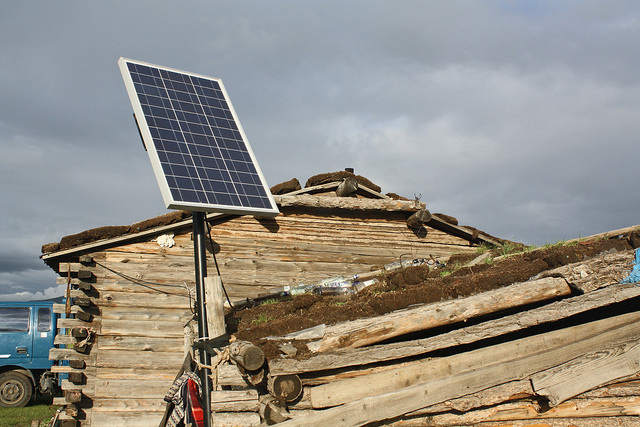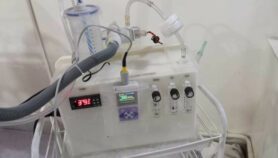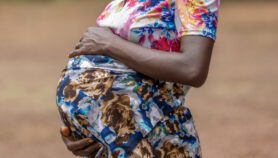By: Arnold Letsholo
Send to a friend
The details you provide on this page will not be used to send unsolicited email, and will not be sold to a 3rd party. See privacy policy.
[GABORONE, BOTSWANA] Poor-resourced rural communities in South Africa could benefit from an initiative using solar power and Internet to provide health and education services, a meeting heard.
The initiative launched by Samsung Electronics South Africa at African Innovation summit held in Gaborone, Botswana, last month (15-17 October) comprises telemedicine centre, health centre, Internet school, generator and lanterns — all powered by solar energy.
It uses information and communication technology to connect medics to resource-poor rural communities where services are hampered by lack of power and trained personnel.
Dubbed ‘the digital village’, these are shipping containers and other caravan structures that can be moved by truck hundreds of kilometres from a city to remote locations.
The centre’s block will include administrative, diagnosis and counselling rooms. It will have a screen, which is connected to the world by satellite.
Thierry Boulanger, Samsung Africa director of information technology solutions, tells SciDev.Net that the aim of the solar-powered telemedicine centre is to help address the need for qualified doctors in rural areas.
Registered nurses will be trained to use the digital village technology, says Boulanger.
Data collected by a qualified nurse on a Samsung pad will be sent to a specialist anywhere in the world for quick diagnosis through video conferencing.
“We are currently in the process of comparing suppliers’ prices [for solar-powered container hospitals and schools]. Solar energy does not come cheaply.”
Taboka Nkhwa, Botswana‘s Ministry of Education and Skills Development
“Where there is [a] need to seek higher knowledge from a doctor, the nurse [will] communicate with a doctor, conveying the medical statement through the pad,” adds Boulanger.
About two metres from the health centre, there will be another container building — solar-powered Internet school, Boulanger explains, with classrooms having eight ‘smart’ laptops mounted on small desks and having a tutor's screen on the wall, all run by solar-powered generator.
The generator, with a battery of about eight years life span, will be used to power classrooms, small businesses, government offices or border posts. The generator makes virtually no noise, has minimal maintenance cost and promotes renewable energy. It can be deployed on the site in less than one hour.
“The generator could be expensive to acquire but it needs limited maintenance, unlike a diesel generator that is noisy and is expensive to maintain,” he tells SciDev.Net.
Boulanger explains that the facilities will have energy storing rooms that can last for 24 hours during sunset, cloudy or rainy conditions.
Taboka Nkhwa, Botswana’s secretary for education reforms in the Ministry of Education and Skills Development, tells SCiDev.Net they are not far from developments similar to Samsung’s.
“We are currently in the process of comparing suppliers’ prices [for solar-powered container hospitals and schools]. Solar energy does not come cheaply,” she says.
This article has been produced by SciDev.Net's Sub-Saharan Africa desk.














